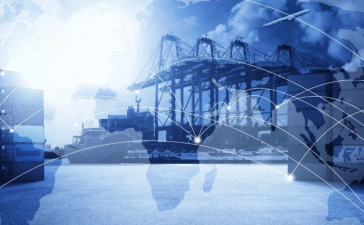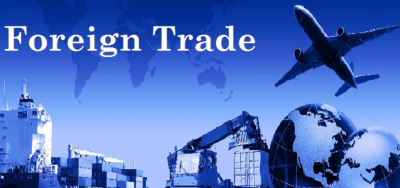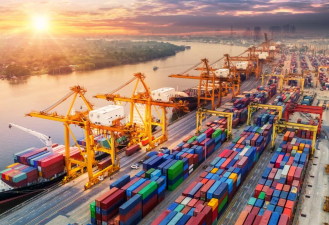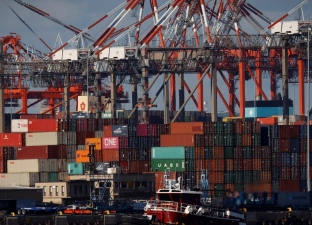Five major factors contribute to the highly uncertain global trade outlook for 2025:

- Shifting US trade policy stance
The United States may adopt a more protectionist trade policy, imposing not only new tariffs on specific products but also broader implementation, impacting key trading partners, particularly those with high tariff barriers and large trade surpluses with the United States, such as China (approximately $280 billion in trade surplus with the United States), the European Union ($205 billion), Vietnam ($105 billion), and India ($45 billion).
- The ripple effect of trade controls
Unilateral implementation of highly restrictive trade policies by one country often provokes retaliation from other countries, leading to escalating trade barriers that could eventually involve third parties. Imposing tariffs on specific links in the global value chain can also create ripple effects, creating a more unpredictable global trade environment.
- Increased Subsidies and Trade Controls
In 2025, global industrial and trade policies will continue to be influenced by countries' priorities for national security and the urgency of fulfilling their climate commitments. Increased trade controls and policies supporting domestic sustainable and environmentally friendly products are expected to negatively impact international trade growth, particularly in strategic industries.
- The Impact of the US Dollar on Global Trade. Geopolitical tensions and shifting US policies may lead to a rise in the US dollar, but potential interest rate cuts by the Federal Reserve next year could also weaken the dollar. Since most commodities and cross-border trade are denominated in US dollars, uncertainty about the US dollar exchange rate also creates uncertainty for global trade.
- Declining Shipping Costs
Demand for container shipping declined in the second half of this year, as reflected in the sharp drop in the Shanghai Export Containerized Freight Index. While these indices indicate declining shipping costs, they also suggest weakening global demand for intermediate and processed goods.
As we all know, the much-anticipated "Trump 2.0 Era" has arrived, and this will be a significant factor influencing global foreign trade in 2025. With the series of measures Trump will implement upon taking office, it is certain that tariff barriers will gradually rise. This will also impact the global economic and trade landscape through other channels, such as investment, interest rates, and exchange rates, increasing volatility in the global trade market and making the overall foreign trade environment difficult to reverse.
In response, countries may introduce more protectionist measures, and mercantilism and regionalization will intensify.
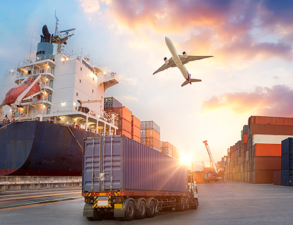
WTO Calls and Forecasts
- The Need to Reduce Trade Barriers
The WTO recently released a report revealing a series of bilateral and global trade measures taken by the United States since the beginning of the year. In response, many economies have announced trade facilitation measures, while others have also announced plans for retaliatory measures. The WTO recommends that countries reduce tariffs and trade barriers, strengthen the multilateral trading system, and promote trade liberalization and economic growth.
- Global Trade Volume Forecast
The WTO urges countries to reduce tariffs and trade barriers and calls for collaborative solutions. Furthermore, the WTO's "World Trade Prospects and Statistics" report, released in April this year, predicts that global merchandise trade volume will decline by 0.2% in 2025, followed by a projected 2.5% growth in 2026. Despite strong global trade growth forecasts at the beginning of the year, actual forecasts have been adjusted due to changes in tariff policies and other geopolitical factors, and merchandise trade volumes are expected to decline slightly in 2025.


